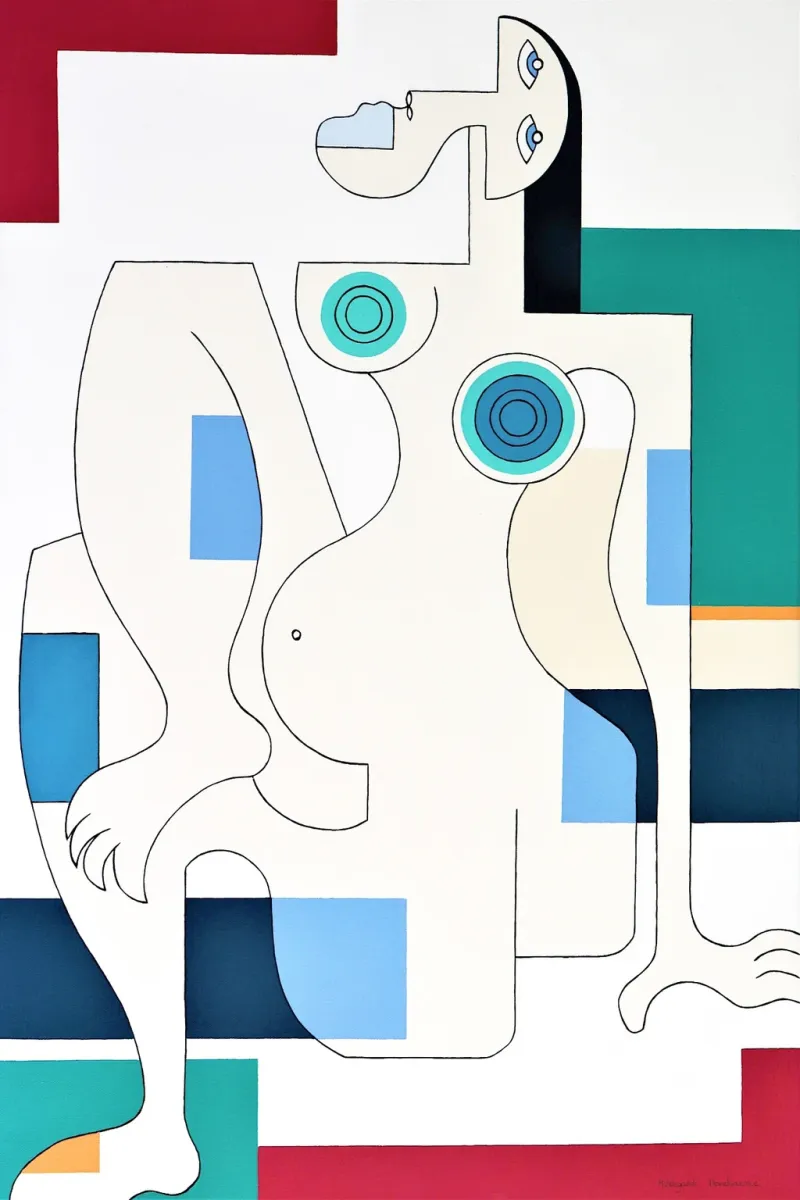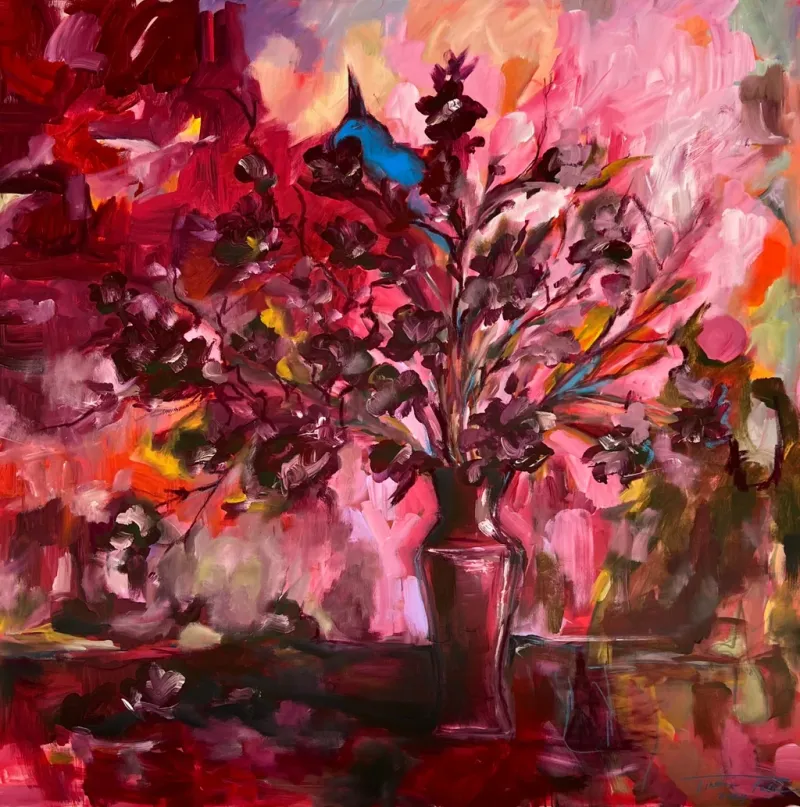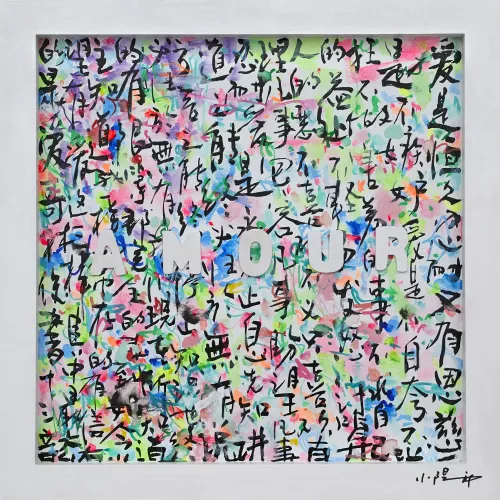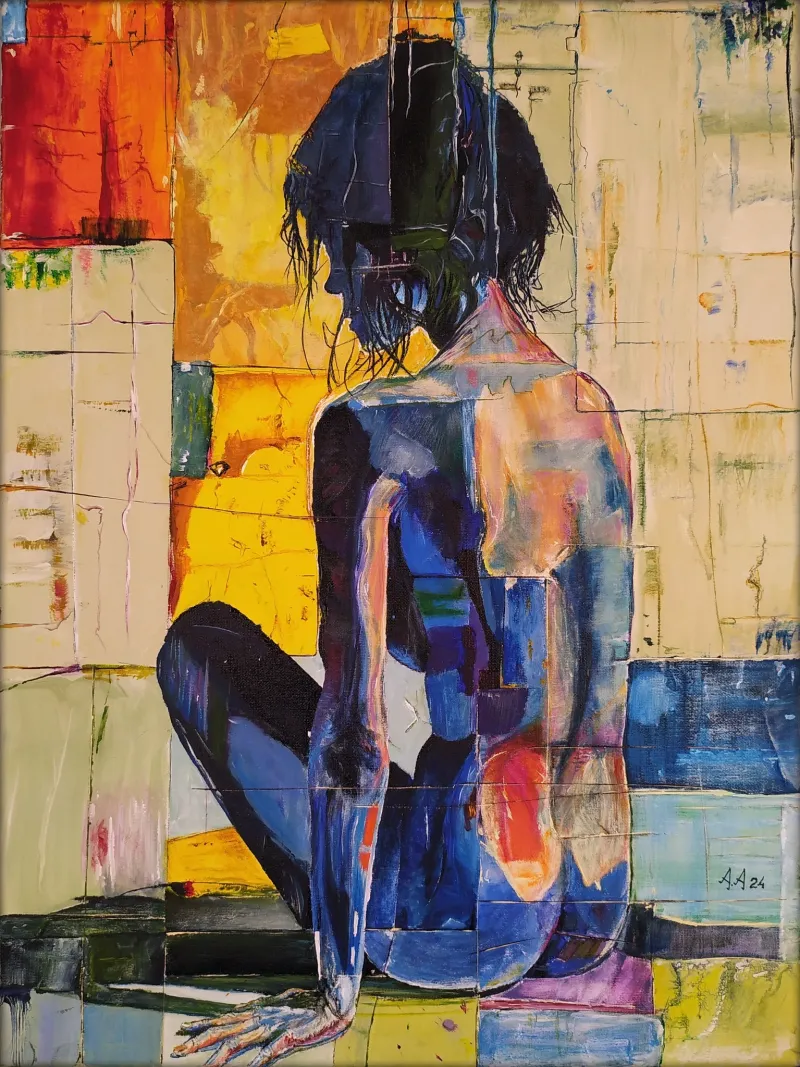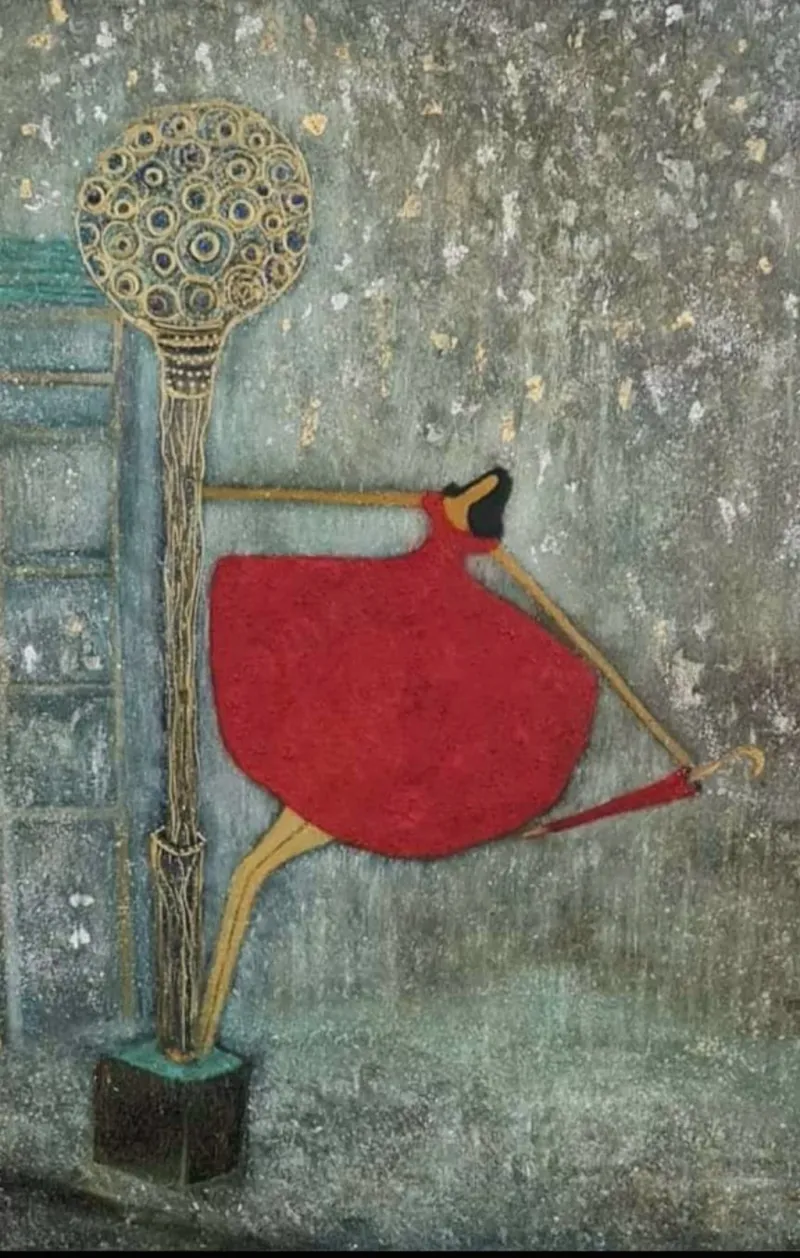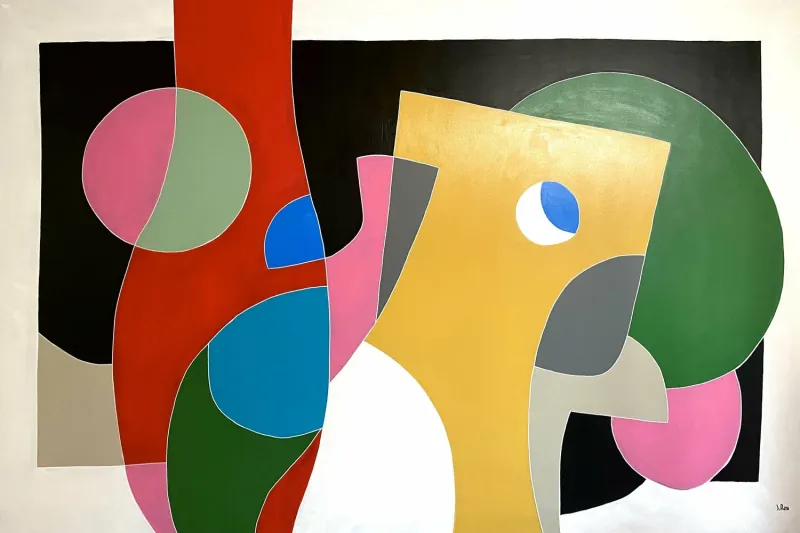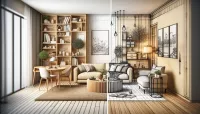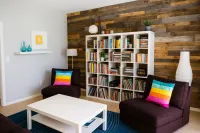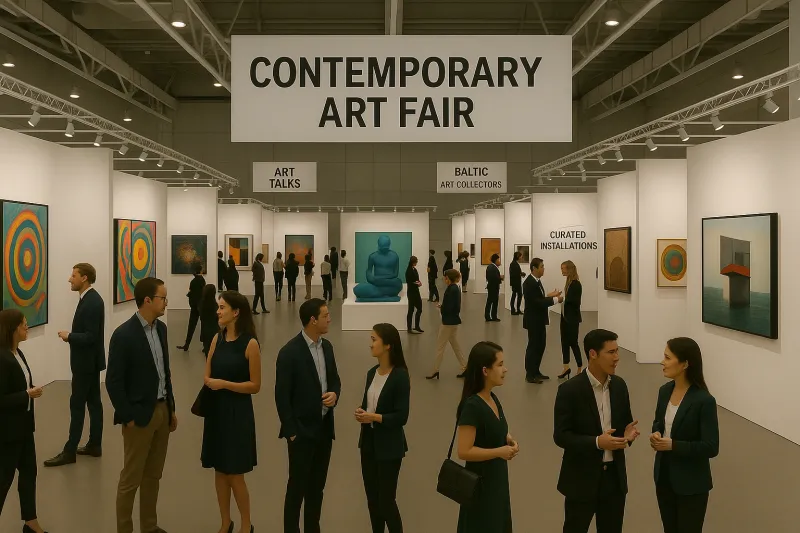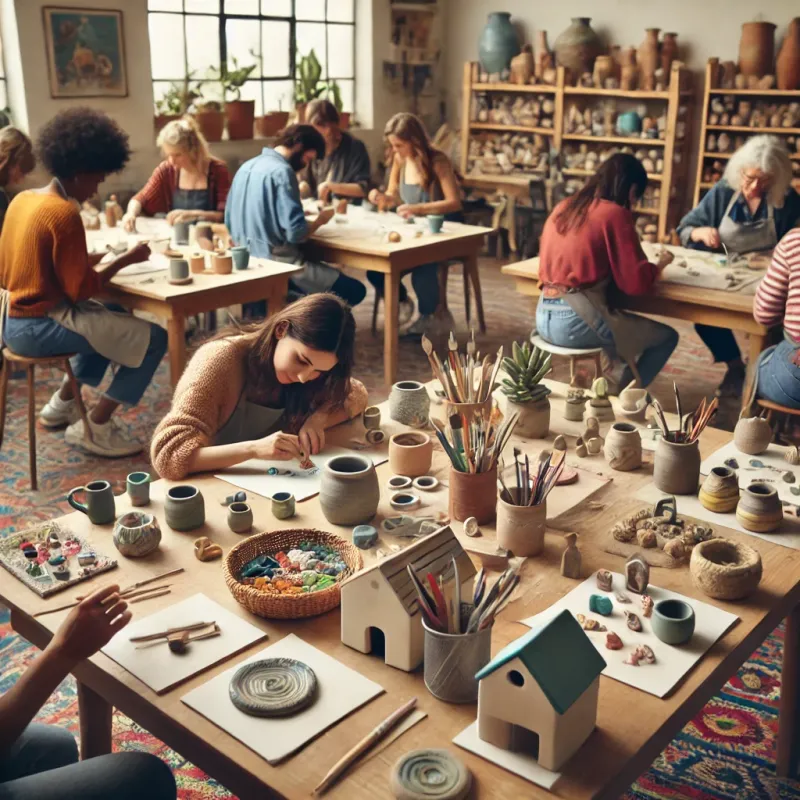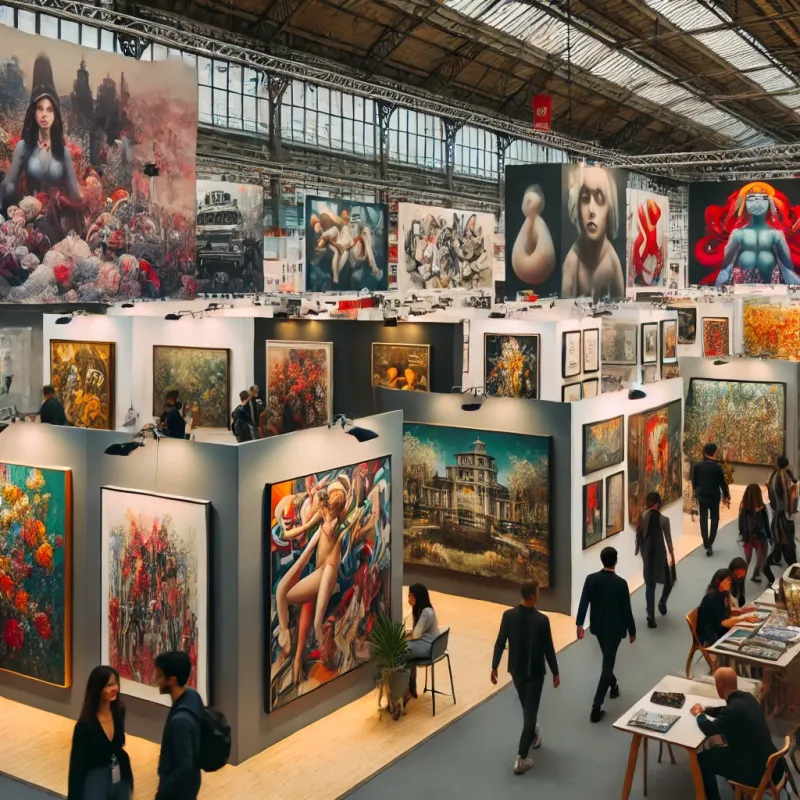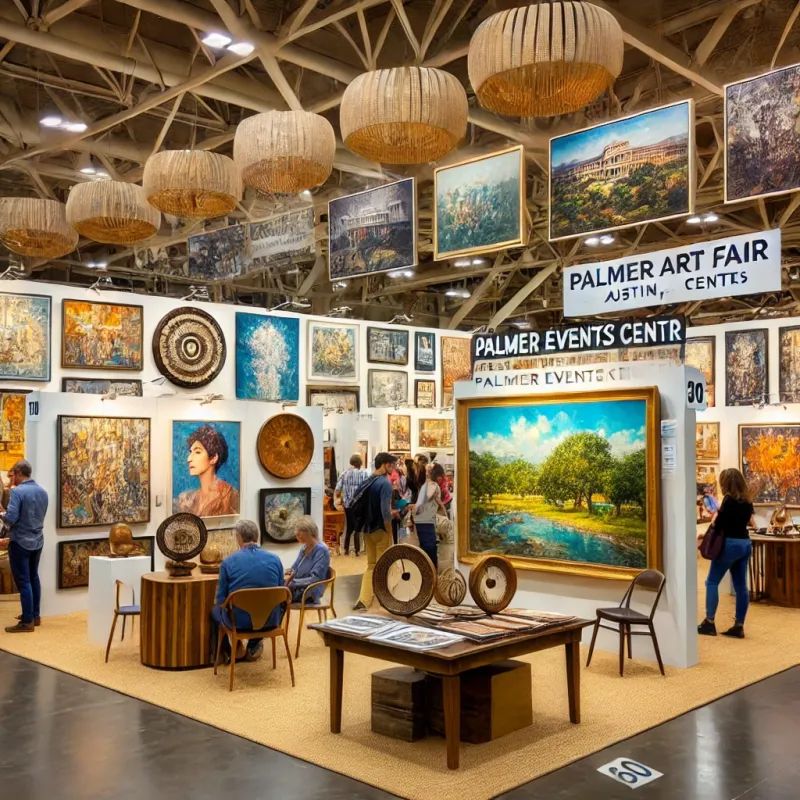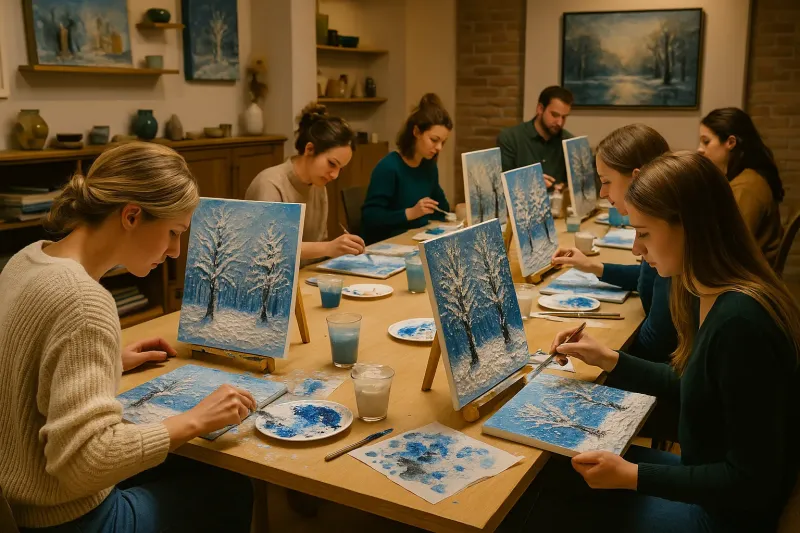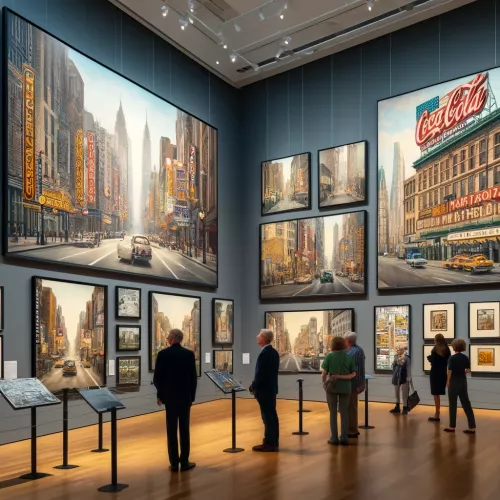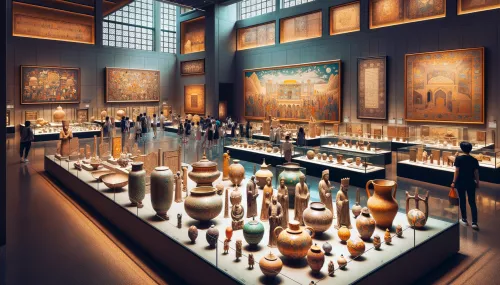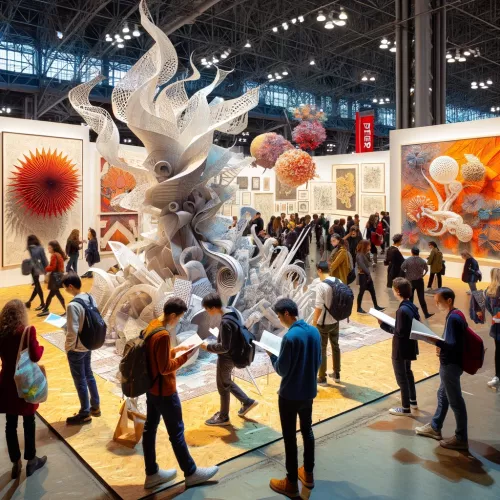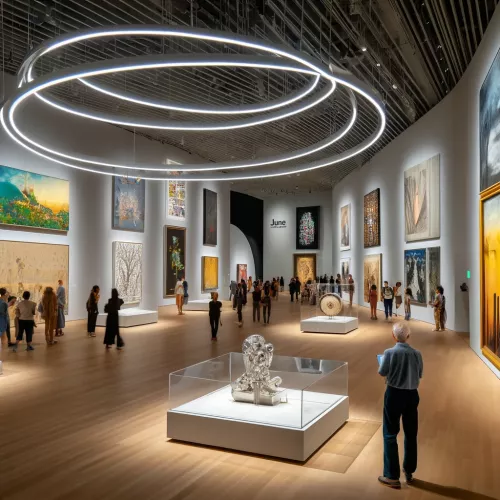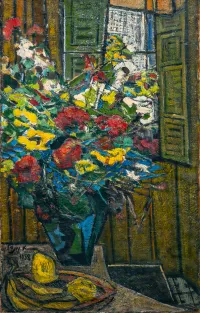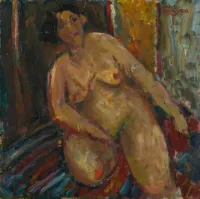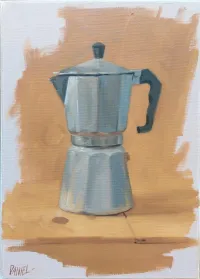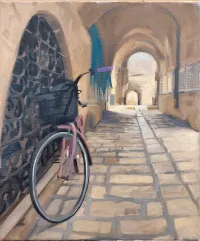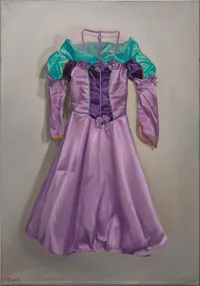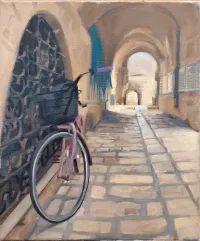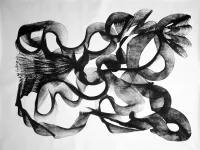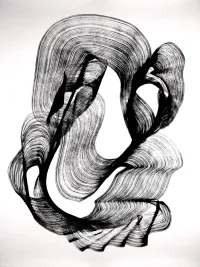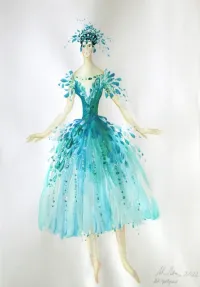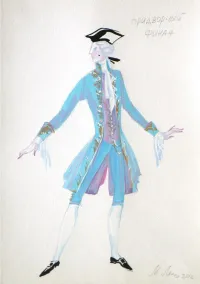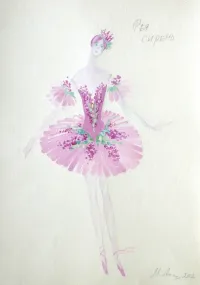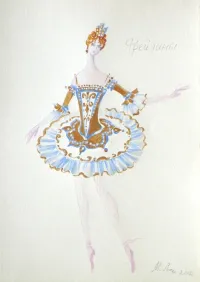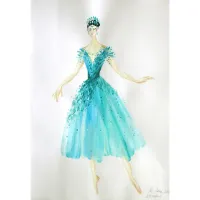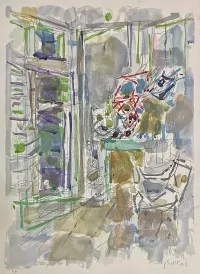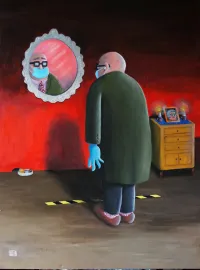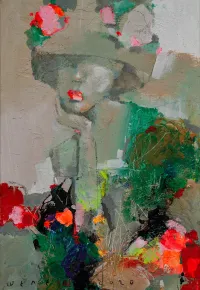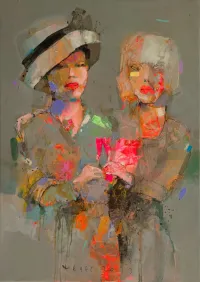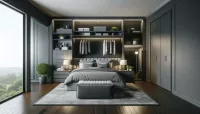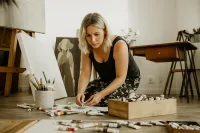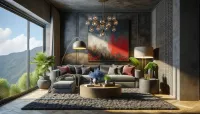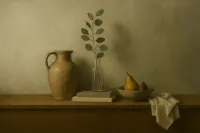No Rules, Just Taste: How Designers Are Rethinking Art Placement
Today’s interiors aren’t about perfect symmetry — they’re about placing art where it actually feels right
Published:
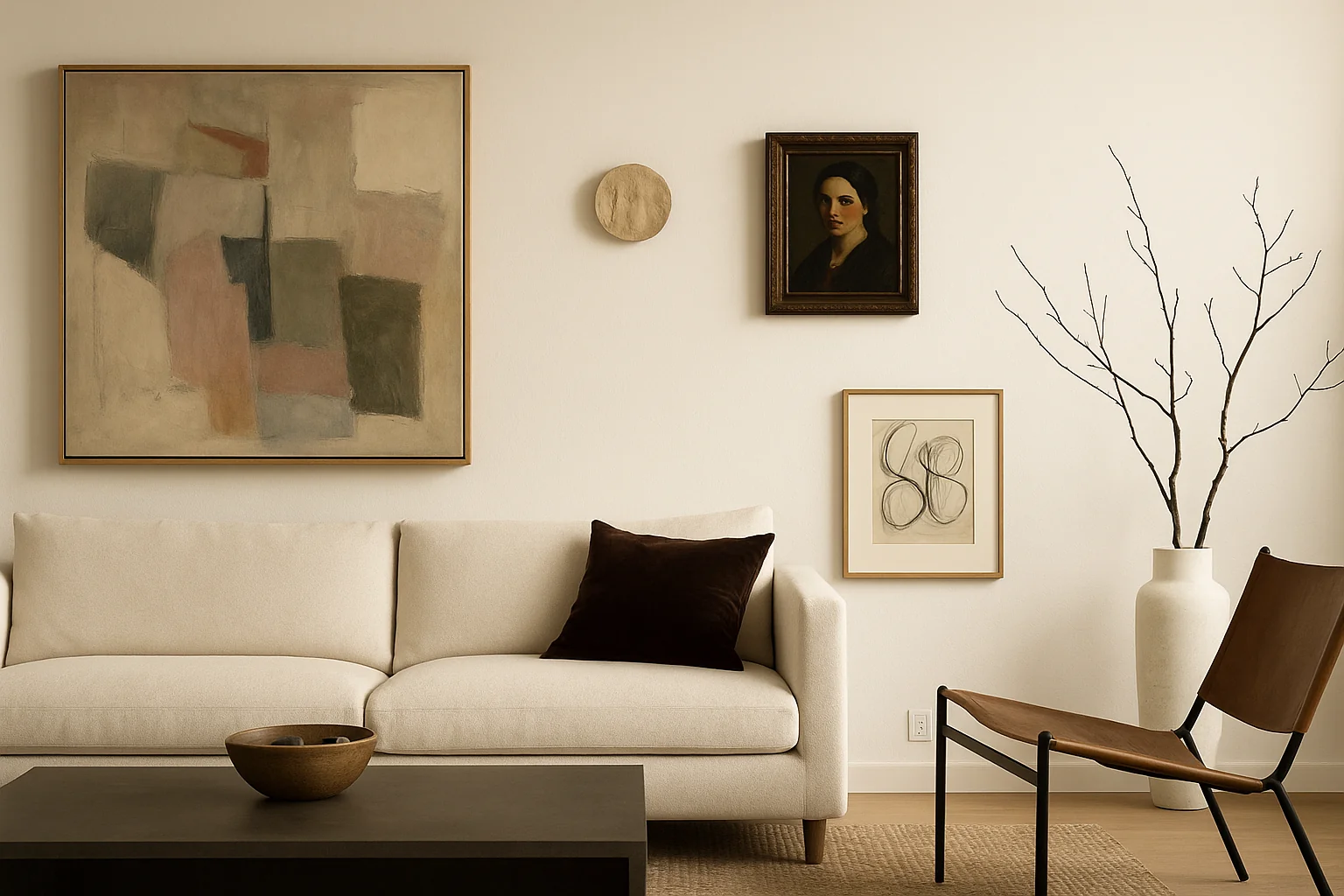 No Rules, Just Taste: How Designers Are Rethinking Art Placement
No Rules, Just Taste: How Designers Are Rethinking Art Placement
In design today, we no longer follow hanging, leaning, or layering art rules. People break them on purpose now.
Just as living well means being instinctively aware of where to put furniture in your home, art placement in interior design has changed vastly from formulaic; now, it speaks much more about personal feelings and expression than just following the rules everyone has in common. Designers are now moving away from centering every frame above a sofa or aligning all artwork at eye level. Instead, they curate art in ways that resonate with the room's energy and not just its dimension.
Breaking the Grid: Letting Art Placement Breathe
The traditional view of where to place your artwork- to the centre? At eye level? Balanced on either side?----still stands, but more designers are starting to relax their grip on these guidelines. This is for the simple reason that moving away from rigid symmetry can bring deeper freedom in placement.
Today, one may find a large canvas hanging somewhat lower than expected, a tiny object almost as high as a switch box, and an abstract print casually resting against the wall. This is inviting; it sets rhythm and rhythm—it allows walls to breathe rather than just hang there.
This approach to modern art doesn't just make a space look curated—it makes it feel lived in and (in the case of an obvious personal collection) mature.
Height, Offset, and Intuition: Trusting the Designer’s Eye
Apart from trifling image heights and rather eccentric page designs, there is no standard that art placement allows the designer to ask for. Art, therefore, commands a designer—and a homeowner as well—to trust their own feelings.
To take the art of arranging pictures as an example, we ought not regard it simply as whether a given piece is indeed centred. We should enquire instead: Does it feel right here?
The art hanging higher than expected makes us look upwards and accents the room's height. Putting a piece off-center creates an asymmetrical tension that feels more alive than the “balance” ever could. Leaving rather than hanging a piece lends an egg-on-the-street casual confidence. It says: “This doesn’t have to be perfect to belong here.”
Perhaps the point on which one places the most emphasis on art placement error is how large a part it has to do with fluency. Whether aid fits in this setting at all, whether it harmonizes with furniture and light in your house, whether it goes on the wall or lays down on the floor and then sculpts your entire room around itself which of course can only be seen when you walk into that space--each one of these ingredients will determine if art placement says anything about its owner and his life style and what kind of person he is. Or if it's just parroting received wisdom after all.
Curating Without Constraints: Creating Narrative Through Art
Another growing trend in curating wall art is the rejection of “matchy-matchy” gallery walls in favor of more fluid, storytelling arrangements. This may involve mixed frame styles, paired high and low art, or putting things together so that none appear newly bought.
A key point to note is that today's most powerful art walls reflect in-depth layers of the periods of history and travel, the owner's personality, and their tastes in food, wine, or music. They are not built in a day but should have this layered look as if they might have been generated organically over time by you cosmopolitans (pron. with a soft s)... who should be ready for anything!
As art is increasingly viewed as a narrative device within a home, placement is more critical than finding space to display it. It is part of the storytelling. It steers the eye and sets an emotional tone.
From Decorative to Expressive: Why This Shift Matters
This is not just a fashion; it's a desire for our homes to be personal, intuitive, and expressive. Good design is not about following rules; instead, it rings true emotionally. The space should arouse your mood, whether hanging a gallery wall or placing a single canvas in a quiet corner. Be directionless in that respect. Diagrams no longer influence art placement in interior design but instead convey emotional resonance, one piece at a time.





